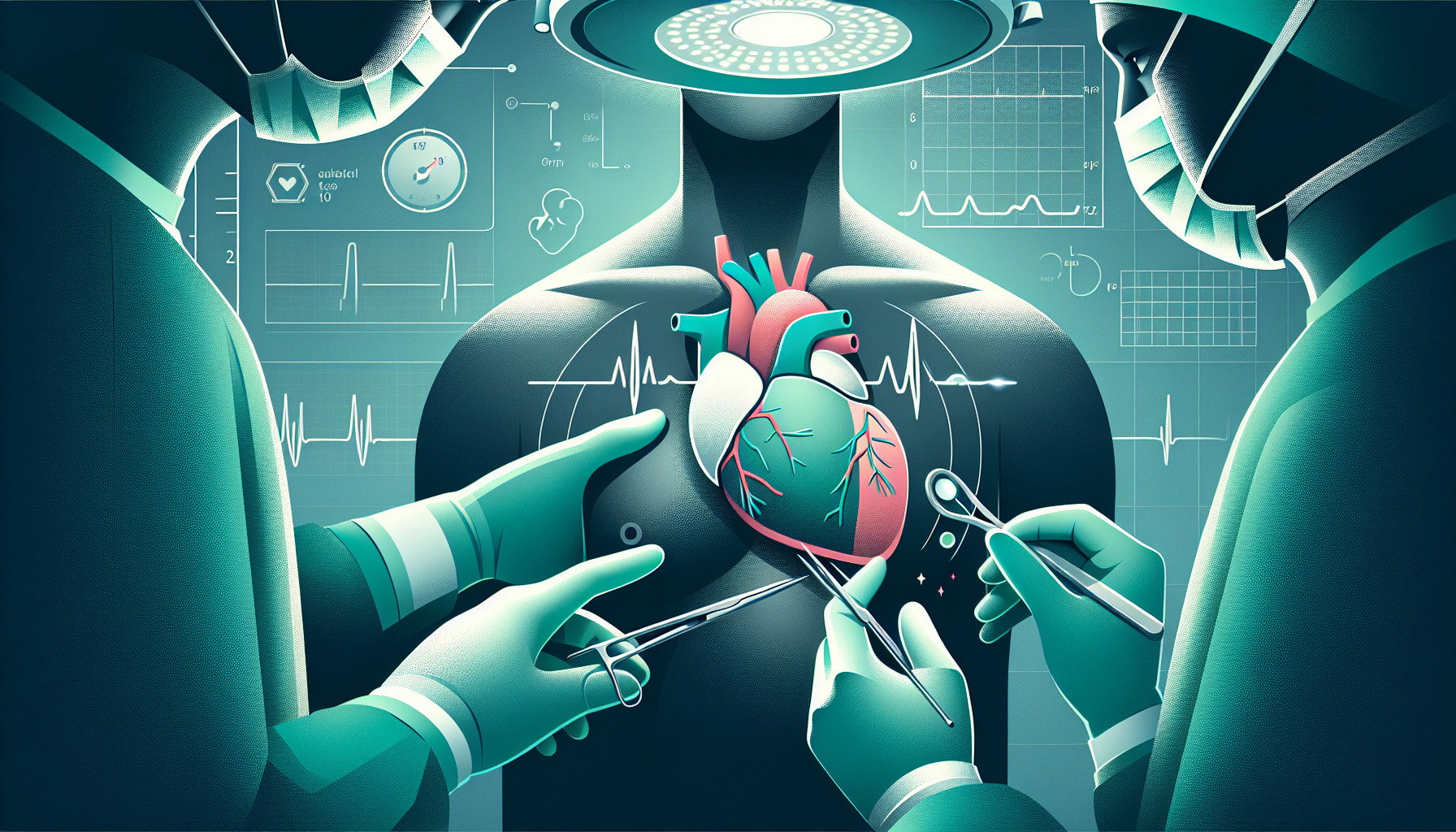Our Summary
This research paper seems to be about a process called left ventricular remodeling, mitral regurgitation, and a procedure called transcatheter mitral valve replacement.
The left ventricle is one of four chambers in the heart, and remodeling refers to changes in size, shape, and function, often due to damage from conditions like heart disease. Mitral regurgitation is a condition where the mitral valve in your heart doesn’t close tightly, allowing blood to flow back into the heart as it pumps.
Transcatheter Mitral Valve Replacement (TMVR) is a less invasive procedure than open-heart surgery, used to replace the mitral valve.
The paper could be studying the relationship between these conditions and the effectiveness of this specific treatment, though without an abstract or more information, it’s hard to say for sure.
FAQs
- What is transcatheter mitral valve replacement?
- How does mitral regurgitation affect left ventricular remodeling?
- What are the key terms I should know in relation to mitral valve replacement?
Doctor’s Tip
One helpful tip a doctor might tell a patient about mitral valve replacement is to follow a healthy lifestyle, including regular exercise and a balanced diet, to help promote healing and overall heart health after the procedure. It is also important to attend all follow-up appointments and adhere to any medication or therapy recommendations to ensure the best possible outcome.
Suitable For
Mitral valve replacement is typically recommended for patients with severe mitral valve disease, such as severe mitral regurgitation or stenosis, who have symptoms that are not controlled with medication or other treatments. Patients who are not good candidates for mitral valve repair may also be recommended for mitral valve replacement. Additionally, patients with certain underlying conditions, such as certain types of cardiomyopathy or endocarditis, may also be candidates for mitral valve replacement.
Timeline
Before mitral valve replacement:
- Patient experiences symptoms of mitral valve disease such as fatigue, shortness of breath, chest pain, and palpitations.
- Patient undergoes diagnostic tests such as echocardiogram, MRI, and cardiac catheterization to determine the severity of the mitral valve disease.
- Patient is evaluated by a cardiac surgeon and a cardiologist to determine the best treatment option, which may include mitral valve repair or replacement.
After mitral valve replacement:
- Patient undergoes surgery to replace the diseased mitral valve with a mechanical or bioprosthetic valve.
- Patient is monitored closely in the hospital for any complications such as bleeding, infection, or arrhythmias.
- Patient undergoes cardiac rehabilitation to regain strength and endurance.
- Patient may need to take medications such as blood thinners or antibiotics to prevent complications.
- Patient undergoes follow-up appointments with their healthcare team to monitor their heart function and overall health.
What to Ask Your Doctor
- What is the reason for recommending a mitral valve replacement?
- What are the different types of mitral valve replacement procedures available?
- What are the risks and potential complications associated with mitral valve replacement?
- What is the expected recovery time and rehabilitation process after the procedure?
- Will I need to take medication or make lifestyle changes after the surgery?
- How long will the replacement valve last and will I need any follow-up procedures in the future?
- What are the alternatives to mitral valve replacement and why is this the recommended treatment for me?
- How experienced is the medical team in performing mitral valve replacement procedures?
- What are the success rates for mitral valve replacement in patients with similar conditions to mine?
- Are there any specific instructions or precautions I need to follow before and after the surgery?
Reference
Authors: Nabauer M, Orban M. Journal: JACC Cardiovasc Interv. 2020 Sep 14;13(17):2049-2051. doi: 10.1016/j.jcin.2020.06.057. Epub 2020 Aug 28. PMID: 32868219
